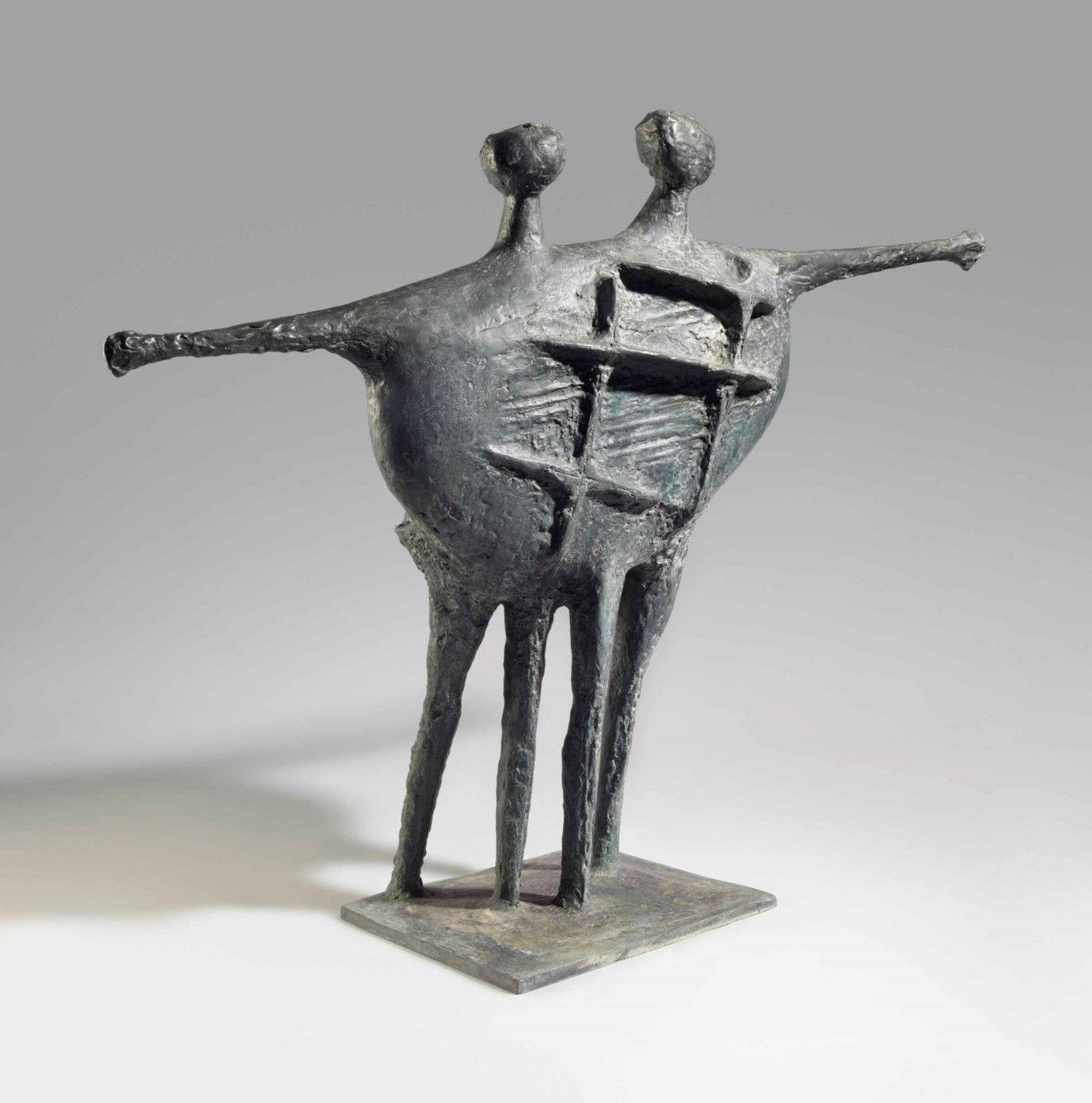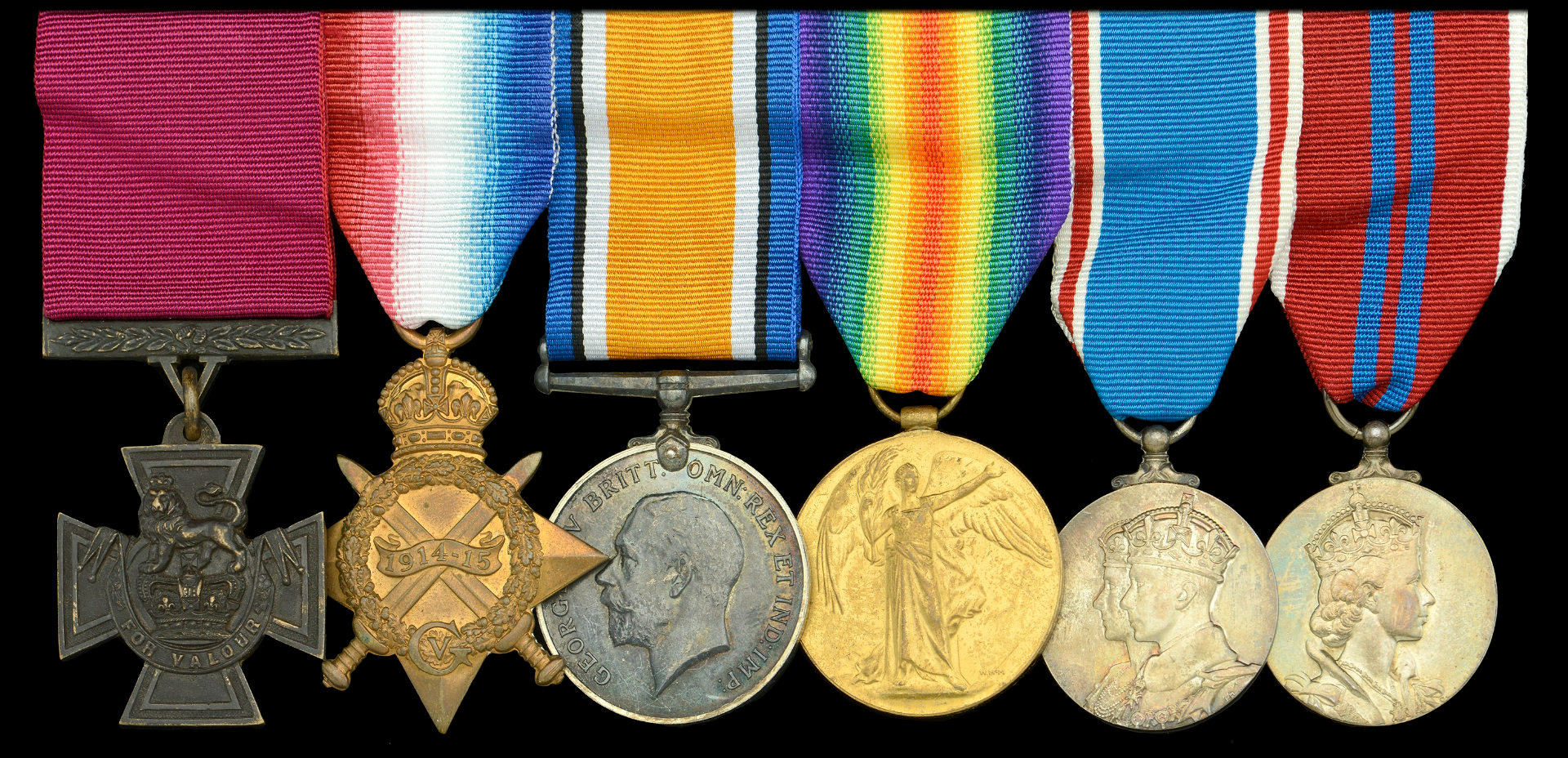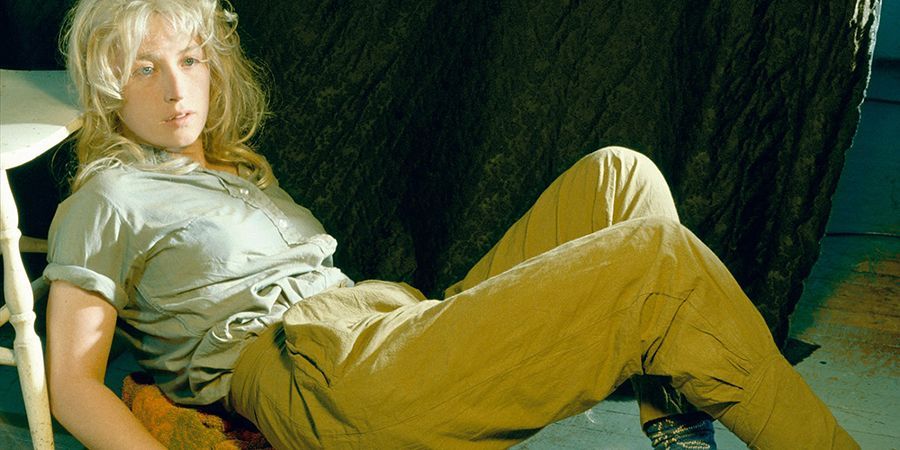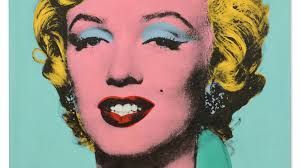Share post
Please enjoy this short article on historical manuscripts and literature written by Debra Stanislawski here at Quastel Associates;
The right to freedom of expression is often at stake for those who write the truth. Christie’s Auction House celebrated the value of the art of the written word and the lives of those who most frequently seek to preserve it last summer. They hosted a successful charity sale of special first edition books and manuscripts raising over half a million pounds to support English PEN, a charity supporting at risk writers. Not only are writers frequently at risk but also for many years, the written word has been considered an art form.
Like other art forms, the value of the written word depends upon several factors including: the edition, the year of printing, the condition of the work, the historical context at the time of writing, the relative rarity of the writing, the wrapping of the book (the dust jacket), the author’s signature and the popularity of the work or author and whether there is relevant paperwork denoting its originality (provenance).
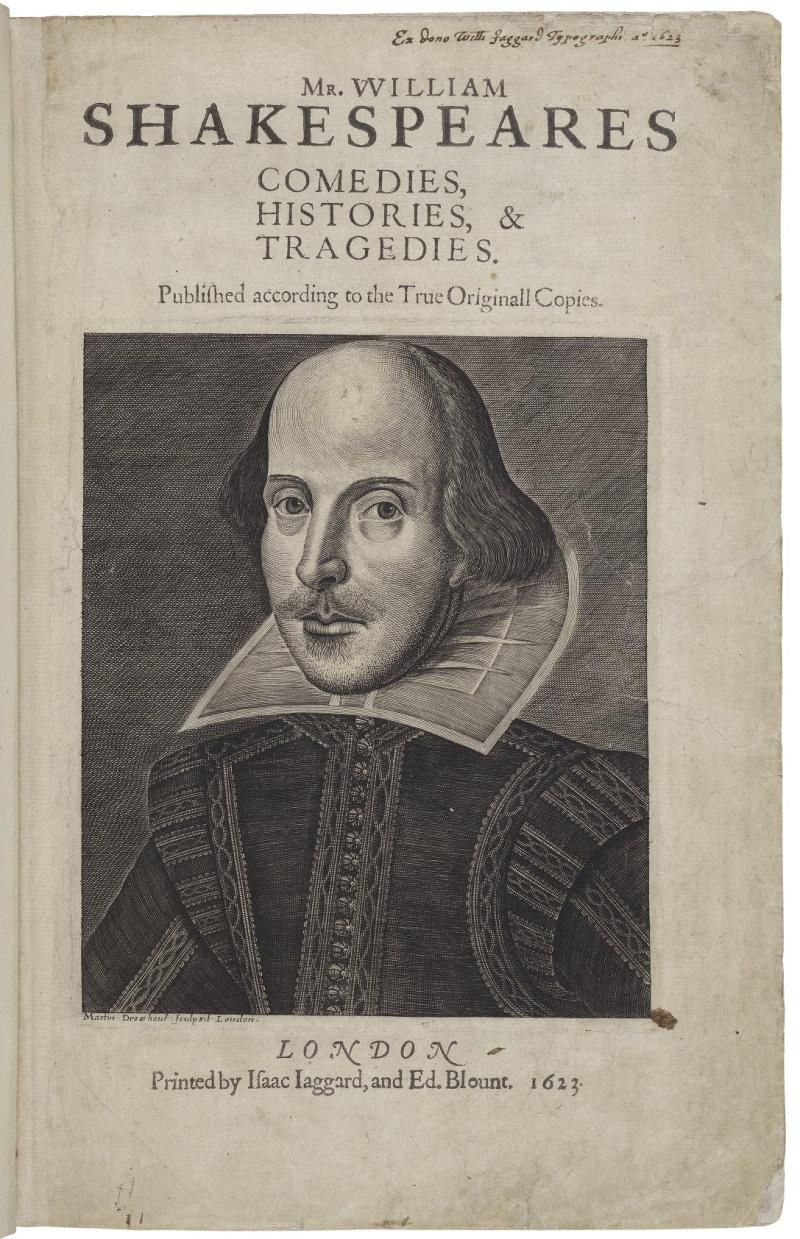
The works of Shakespeare, the First Folio sold for £4,156,947. It was significant as it was the first collection of William Shakespeare’s plays. A Shelley 1822 first edition in paper wrappers sold for £3,200. A letter from a never again seen passenger on the Titanic sold for £144,700. The first book ever printed and bound in Antarctica sold for £80,000. Sylvia Plath’s, The Colossus, sold for £75,000 despite being a bit brown and spotted by the residue of a dried flower which was seen by the purchaser to add charm. The complete first edition scientific Atlas sold for £882,000.
These and other books remind collectors of art as it intertwines with history.
Whilst much becomes digital, the interest and the desire to have books, especially those of historical or artistic significance, cannot be underestimated.
To book your valuation, please contact Quastel Associates on 0207 253 1710 or click here.

